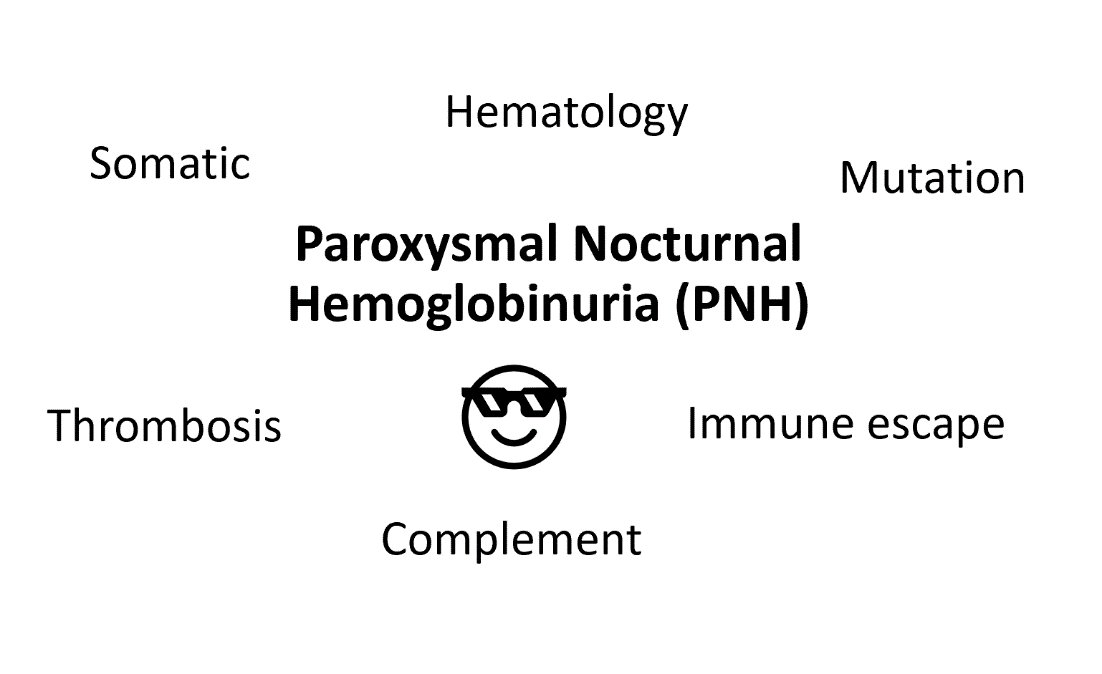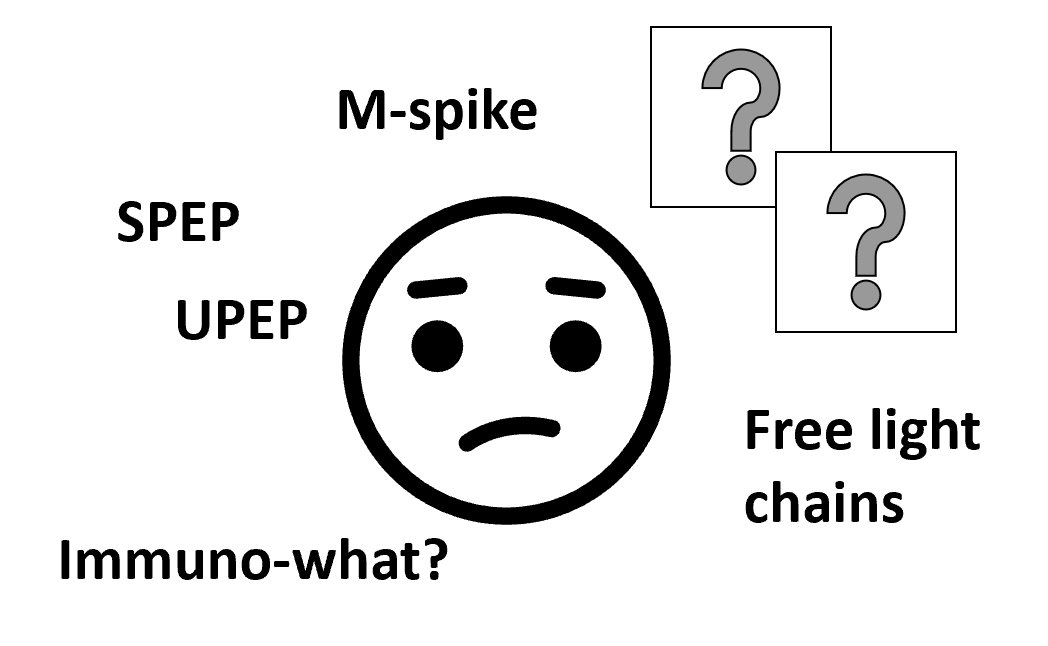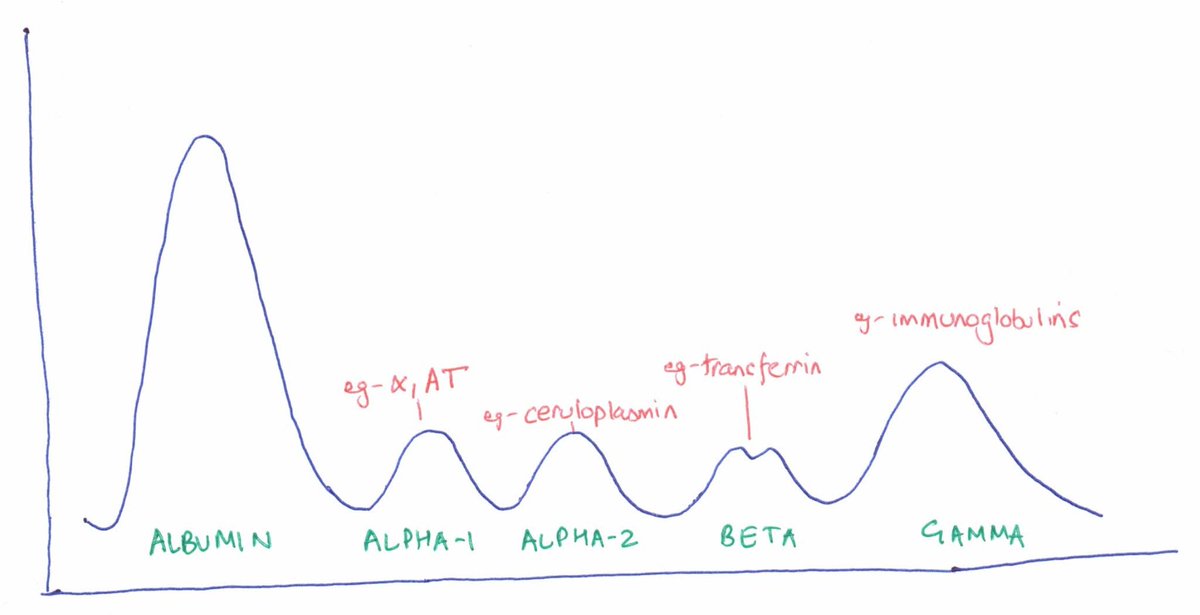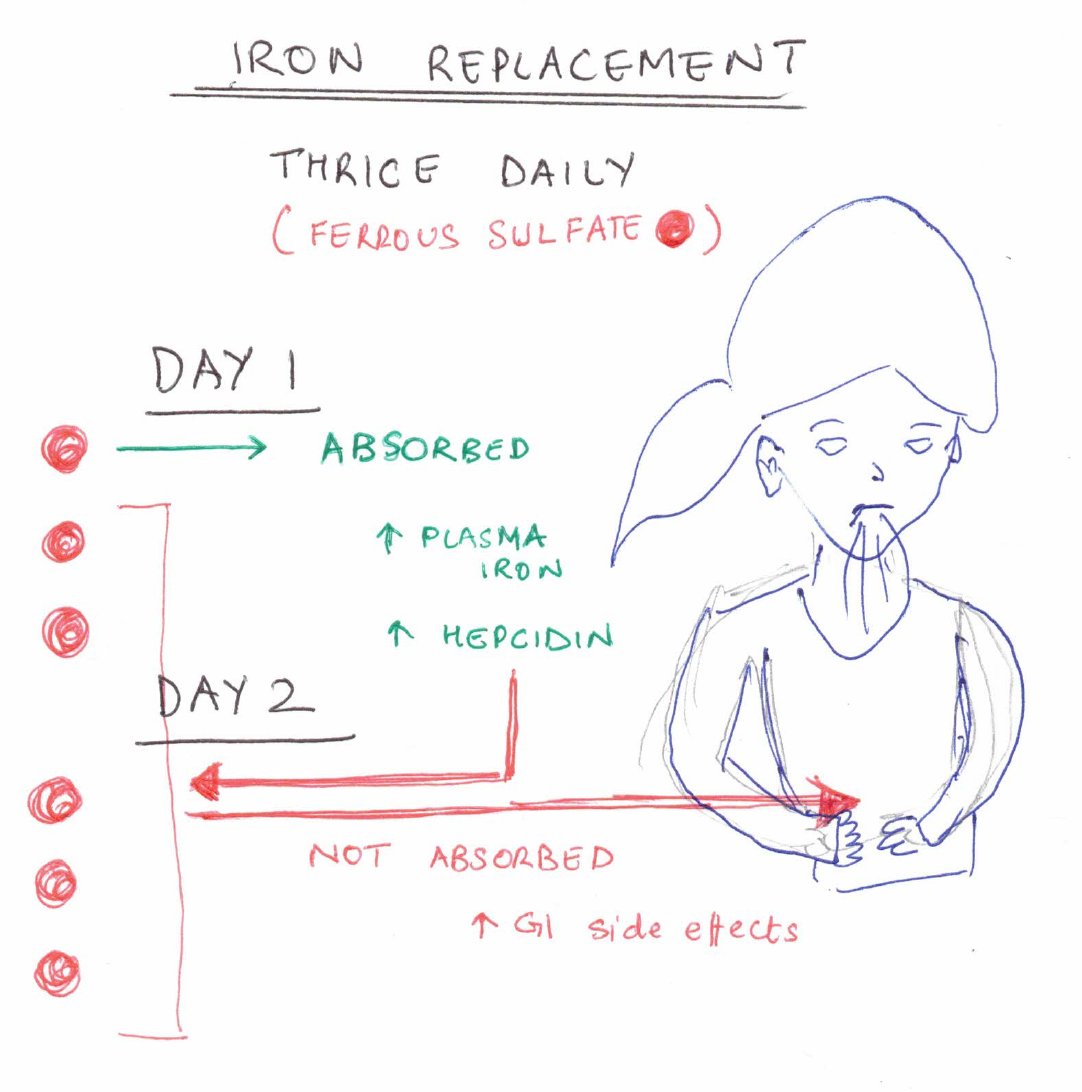PNH. Paroxysmal Nocturnal Hemoglobinuria. One of those diseases we read about, but perhaps don’t see as often.
Why does it get a disproportionate amount of attention?
Because the pathophysiology is SPECTACULAR!!
Read on to explore.
#valuevignettes

PNH is caused by an acquired (somatic) mutation in the PIGA gene (PhosphatidylInositol Glycan anchor biosynthesis, class A) in hematopoietic stem cells.
This gene is located on the X- chromosome.
Since it is ‘X-linked’, the incidence is?
Since one of the X chromosomes is physiologically inactivated in women in somatic cells early on (lyonization/ X-inactivation), all somatic cells have only 1 working copy of X.
‘1 hit’ on this active copy is enough to cause disease.
Risk of PNH is thus = in women and men.
Contrast this w/ INHERITED X-linked disorders.
In a female carrier, a coin toss decides if a cell will inactivate the normal or mutated X.
50% cells will inactivate the mutated X, and still have a working X. 50% protein is usually enough to protect against frank disease.
Back to PNH. How does a mutation in the PIGA gene lead to disease?
Answer: Deficient production of GPI protein anchors, essential for expression of CD55 and CD59 on affected cell surfaces, including RBCs.
CD55 and 59 inhibit the complement system from attacking self-cells.
Thus, RBCs are ALWAYS under attack from the ALTERNATE complement pathway.
CD55 and CD59 protect RBCs.
In their absence (PIGA mutation), complement is uninhibited, membrane attack complex (MAC) forms and pokes a hole in the RBC--> LYSIS.
The hemolysis is not really paroxysmal or nocturnal, although complement may be more active at night (diurnal variation) and w/ stressors (eg- infection).
Diagnosis is via flow cytometry showing loss of GPI proteins on RBCs and myeloid cells (defect occurs in stem cell).
Armed with this knowledge, what is the expected result of the Coombs test (direct antiglobulin test) in a patient with PNH?
Since this hemolysis is not mediated by antibodies, Coombs test is negative for both IgG and IgM.
C3 deposition on RBCs can theoretically give rise to a positive IgM test, but these cells are lysed rapidly by MAC, and Coombs test is typically negative.
We can see that although eculizumab prevents C5 activation and MAC formation, RBCs can still be coated with C3 (upstream of eculizumab).
These RBCs have a C3 coat on surface, but MAC formation is not possible due to C5 inhibition (eculizumab).
Surface C3 tags them for EXTRAVASCULAR opsonization by macrophages in the liver/ spleen.
Thus, treatment with eculizumab leads to a COMPENSATED extravascular hemolysis and a positive Coombs test for IgM.
Cons of eculizumab:
-Lifelong therapy (like a replacement factor)
-One of the most expensive drugs ever
-Infection risk (especially w/Neisseria)— meningococcal VACCINE 2 weeks prior+- prophylactic antibiotics.
Thus, use only if severe symptoms/ thrombosis/ end organ damage.
Only curative treatment is allogeneic stem cell transplantation.
Reserved for patients who cannot receive or fail eculizumab, or have significant bone marrow failure.
So, to summarize, acquired mutation --> no protection from alternate complement pathway --> intravascular hemolysis--> hemoglobinemia/ uria --> anemia + toxicity (spasms + thrombosis) --> eculizumab --> better but a little extravascular hemolysis.
But what causes and ‘selects’ this mutation?
1. Cause is usually random (or due to mutagens)
2. Selection is not random. When stem cells are under immune attack (aplastic anemia), one escape is to stop expressing some GPI-anchored proteins which are targets of NK cells.
Under immune attack, this ‘GPI deficient’ clone has a selective advantage and can proliferate. Seeing a PNH clone is common in aplastic anemia.
Eventually this clone also comes under attack.
The process is unstable and that is why AA/ PNH/ MDS can devolve into each other.
Fin- thank you, and thank you to @ArielaLMarshall, Dr. Rob Brodsky and Dr. Srikanth Nagalla for their help in developing this.














